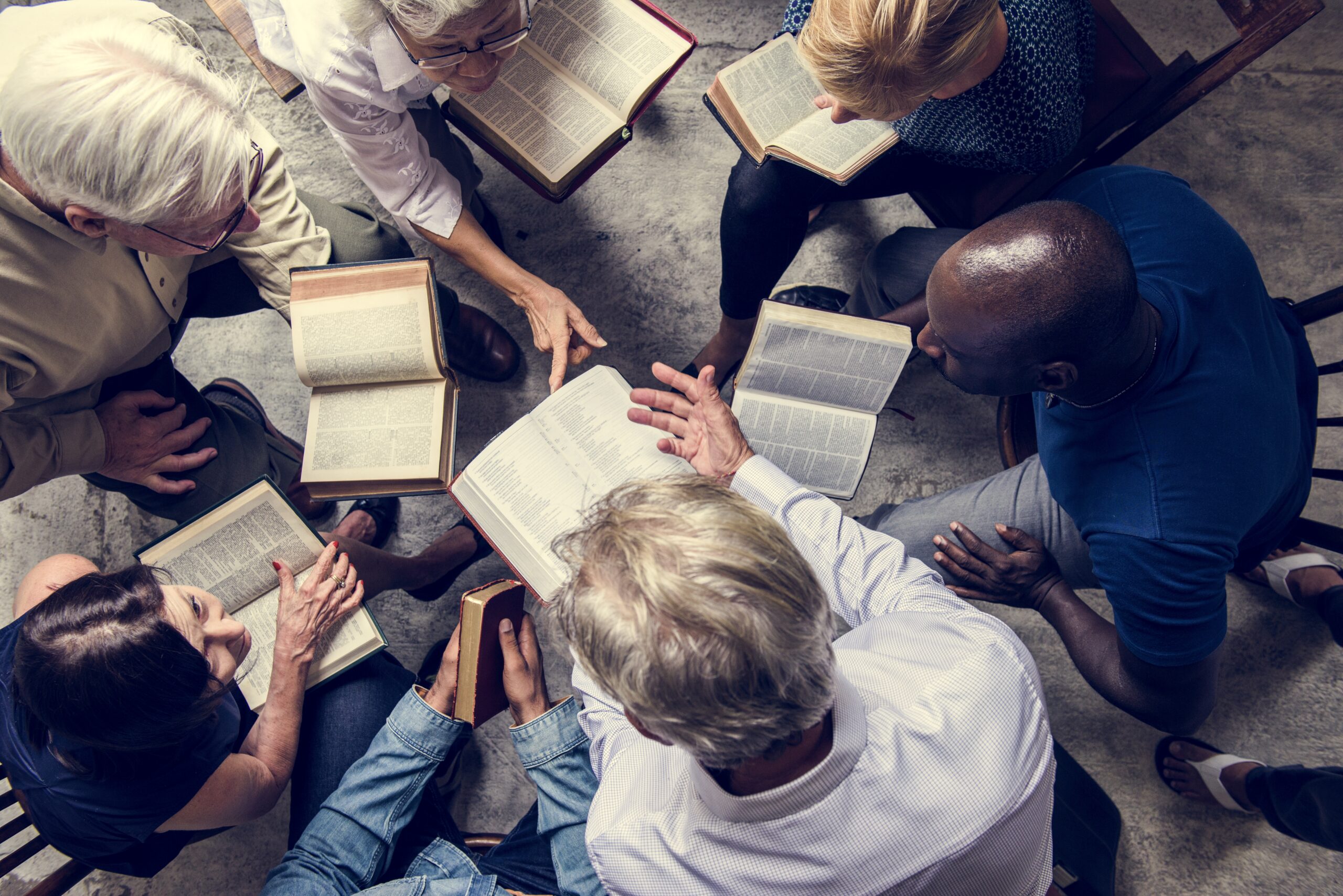The Community Building (CB) Process
What is Community Building?
Community Building is an experiential group/team development process that collapses time. It builds peace, trust, connection, safety, and respect in a very short period of time, even with people from diverse backgrounds.
When Dr. Peck, the originator of the CB process began leading workshops, he noticed that sometimes people would have an experience of connection and true Community and sometimes they would not. He studied this for three years and developed what he called Guidelines for Communication. If groups, teams, communities followed these guidelines they would likely experience connection and true Community. If they did not, they would very likely not experience deep connection and true Community.
One of the most important reasons to attend a CBI training is to experientially learn these guidelines so that you can bring them into your everyday life, whether at home, at work, in your personal or professional life.

“Community” Defined
The word community is currently popular and used in many ways. Often it refers to a geographic area, i.e., the Prague community, the Milwaukee community, the New York community. It may be used to describe a certain kind of person or group, i.e., the Christian community, Jewish community, Muslim community, Black Community, or White Community. In the USA it is common to refer to a housing development or building project as a community. More recently, people often describe groups of people interacting online as a “community.” All of these definitions and understandings are valid and useful. However, Dr. Peck and CBI use the word “Community” in a very different and very specific way.
According to CBI’s definition, genuine Community is an experience that is currently rare in everyday life. This experience involves a depth of communication, connection, honesty, vulnerability, and a sense of belonging. The experience of Community also requires learning and practicing certain skills, principles and ways of being with each other.
In short Edward Groody defines genuine Community as:
“an experience of authentic connection, unusual safety, and extraordinary respect.”
Dr. Peck offers this definition:
“Community is a group of two or more people who, regardless of the diversity of their backgrounds, have been able to accept and transcend their differences, enabling them to communicate openly and effectively while having a sense of unusual safety and extraordinary respect. Community Building Workshops endeavor to create this safe space.”
The Four Stages
When developing the Community Building model and process, Dr. Peck identified four stages of group development. The first two stages typically seem familiar to most people as they experience them in everyday life. The third and fourth stages, however, are typically very rare and require employing new skills, guidelines and discipline. Below is a brief summary of the characteristics of each stage:
1. PSEUDO COMMUNITY
Characterized by politeness; getting to know you; focused on similarities; superficiality; avoidance of disagreement and difficult issues; denial of differences; resistance to building deeper levels of communication and Community; and unexpressed feelings.
2. CHAOS
Characterized by perceptible undercurrents; lack of effective listening; political alliances; giving advice, proselytizing and fixing; a need to control others and outcomes; disagreement and conflict; unrealistic expectations and judgments.
3. EMPTINESS
Characterized by risking and vulnerability; letting go of the barriers to communication and authenticity harbored by individual participants. Such barriers may include faulty expectations, preconceptions, stereotypes and prejudices about other members; past resentments toward others; behaviors and attitudes resulting from trauma; or the need to fix individuals or control the group.
4. COMMUNITY
Characterized by peace and connection; the acknowledgment of and respect for individual differences; a depth of listening; an unusual level of group safety; the possibility of psychological and spiritual healing; shared leadership; softened (respectful) conflict; effective group decision making; healthy reflection; a sense of belonging; a greater awareness of what stage the group is in and what is needed to move it forward.

Sources & Origins
Dr. Peck often said that he did not “create” the CB process, instead he “developed” it using methods and techniques from various sources. The Community Building was originally based heavily on Wilfred Bion’s group development theory and Tavistock method; it also incorporated elements from other group development models, sensitivity groups, contemplative spirituality practices, twelve-step groups and various meeting and consensus-building practices.

Dr. Peck describes how he came to develop the Community Building process:
“The history of my form of community building “technology” begins in 1981 when I led a one-day workshop on “spiritual growth” for sixty people from the DC area under the auspices of Washington University. Almost by accident the participants dramatically became a true “community” within but a few hours. It seemed like a miracle. Over the next three years I used every workshop I was asked to conduct as a laboratory to discover whether there were rules whereby I could make that “miracle” a routinely repetitive phenomenon. I discovered there were such rules by which I could lead unusually large groups into community in an unusually short time in comparison to similar work attempted by such organizations as The National Training Laboratories (NTL) or the Tavistock Institute….I cannot take any personal credit for inventing these rules. They were invented by hundreds, even thousands, of other people not only during the course of the 20th century but over several millennia. The rules come from such diverse sources as Christian and Buddhist monasticism, the use of silence and consensus as developed by the Quakers, the so-called “Tavistock Model” as developed by the British psychiatrist Wilfred Bion during the course of World War II, and the insights of modern management consultants, etc. All I did was to combine such methods into the system of rules I call a technology. It is not a simple system, however, and the rules are many. Some of them are most explicit and some rather implicit. As such, the system or technology actually comprises a culture. Culture is generally defined as the system of rules or “norms”, explicit and implicit, by which groups as small as marriages and as large as nations function. The culture of community can also be referred to as a culture of civility. Almost all of its rules are the rules of and for civility.”
The unique and distinguishing characteristic of Community Building is the introduction of a new group development stage, which Peck called emptiness. According to Peck, the only way a group can become something more than the sum of its parts—and reach its goal of becoming a true Community—is “into and through emptiness”. Because most groups typically resist this stage, Peck devised a process that guides members directly toward an experience of emptiness.
“Emptying” and the stage of “Emptiness” are difficult concepts to convey. Referred to by mystics and religious scholars, it involves first noticing hidden personal and group fears, assumptions, expectations and concerns. Participants then let go or “empty” themselves of fears, wounds, arrogance, pride, resentments, judgments and expectations of self and others. Instead group members consciously choose to be vulnerable, authentic – and risk being seen and supported by the other members of the group as well as seeing, accepting and supporting others. Participants discover what needs to be emptied through group interaction and guidance from facilitators. Emptying involves risk, vulnerability, authenticity and dealing with difficult issues. During the Community Building process, participants learn about and practice the principles and skills necessary for emptiness to occur, and how they might apply these skills to their family, work and personal relationships.


Community Building
and Spirituality
For those individuals with a spiritual perspective, CB can be viewed as a group contemplative or mindfulness process.
Dr. Peck identified as a Christian and often stated that he carefully guarded his non-denominational status. He also was explicit that Community Building would work with people from many faiths, including agnostics and even atheists. At the same time, CB can also be viewed as a spiritual process in that it helps individuals and groups, as they moved through the 4 stages of the process, experience deeper levels of spiritual awareness.
From a Christian contemplative perspective, the CB process helps individuals and groups let go of personal obstacles to deeper levels of relationship with God, and experience what Fr. Thomas Keating calls “the spiritual level of our being.” From a mindfulness perspective, the CB process helps individuals and groups let go of thoughts and obstacles that allow for deeper levels of presence and awareness, and ultimately “enlightenment.”


